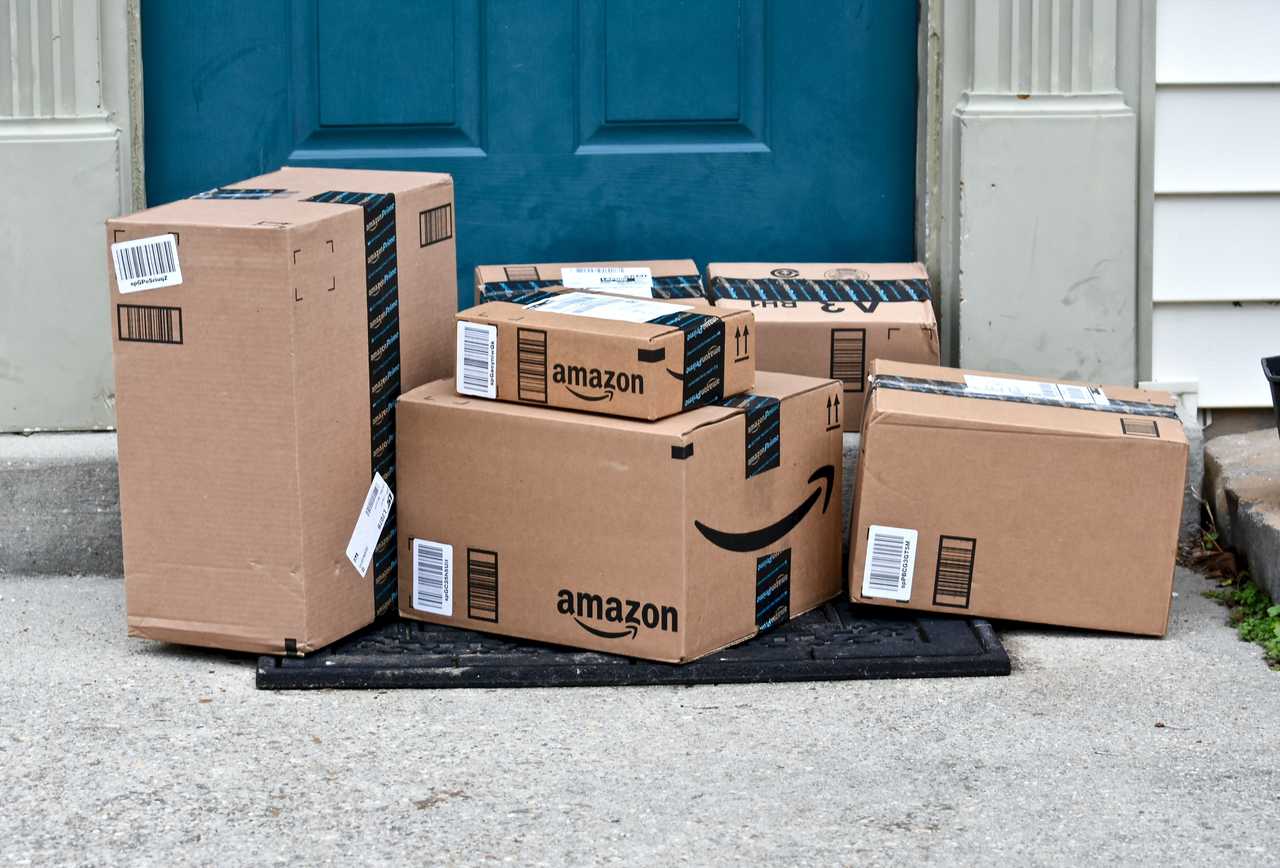Why You Should Consider a Subscription Bundle or a “Rundle”
By Ben Rudolph
“Rundle”. Neither the sexiest nor most catchy name, it is, however, what NYU Stern Professor of Marketing, Scott Galloway, has coined to describe the power of bundled recurring revenue subscriptions like Amazon Prime. Beyond the benefits of predictable revenue that can be forecasted into the future, the rundle results from various consumer trends and has important future ramifications for any brand. Here are three things to think about for your businesss as more companies seek to establish credible and compelling bundles.
Rise of the subscription. Subscription as a service (SAAS) is the new “it” business model in both B2C and B2B environments. SAAS primarily results from consumers increasingly accepting subscriptions versus one-time payments, and valuing access and usage over actual ownership. A McKinsey study in 2018 found that 15% of online shoppers signed up for one or more subscriptions to receive products on a recurring basis. The same study determined that large retailers generated close to $3 billion in subscription sales in 2016, up from $57 million in 2011.
Businesses have taken note of this change in consumer preferences. In fact, the companies that are outperforming their peers are the ones that have created alluring subscription programs. For example, Dollar Shave Club now outperforms industry giant, Gillette, in organic search results. Peloton fitness classes and equipment are the current hit with gym-rats. Other businesses with a subscription mindset include Stitch Fix, BlueApron, and Frank and Oak.
Worried about acceptance amongst your customers or applicability of your product offerings? The key for brands is to assess your current business model to determine how you can shift one-off purchases into a recurring pay model. Even older brands like Reformation Hardware are having success with their subscription loyalty programs, similar to Lululemon and Loblaw. Adobe, once stuck selling one-time licences for upwards of $2,500, has transitioned to Creative Cloud, with $45/month revenue streams. Adobe’s share price increased by 700% since the switch.
Less choice is more. As Galloway describes it, “monogamy is the ultimate business move.” Unfortunately, it is typical for both shoppers and businesses to mistake an abundance of choice as a good thing. In actuality, consumers want less choice, and rather, more confidence in the fewer choices that are presented to them. Bundling solves this by giving customers the option of consolidating many of their purchases with a single retailer or service provider. At the same time this is beneficial for businesses since it can increase the average order value and allows brands to move less popular or newer products by including them in the bundled subscription service. Uber is currently trialling a $24.99/month service that would offer discounted ride-hailing, free Uber Eats delivery, and unlimited bike/scooter access in an effort to lock customers into their offerings. Attracting new customers is much more difficult and expensive than retaining existing ones. Rundles can allow brands to effectively capitalize on their existing customer base.
Amazon Prime began as a $79/year subscription. As the company added more services and product offerings to the bundle, the price has increased to $119/year. Have people left the service? Nope: it's currently growing at 8% annually and the rundle behemoth is now subscribed to by two-thirds of American households. By adding more products and services to your brand’s subscription service, you make your offering more alluring and increase switching costs. Prime has now expanded beyond its initial free, 2-day delivery to include access to music and streaming video services, photo and cloud document storage, Whole Foods membership programs, and much more.
Rundles of the future: Will the consumer world begin to distill into a set of rundle-based networks? Galloway suggests that we may see consolidation around a finite series of rundle offerings in the areas of media, apparel, travel, and health. Who could be the next player to launch an indispensable rundle? Personally, I would love to see an Apple “Prime” bundle, where one would pay $100/month for their iPhone, along with an assortment of Apple services in music, video, news, video games, and its AppleCare protection.
Brands need to realize that they are unlikely to design a perfect offering out of the gates. Even Amazon Prime had its doubters in its infancy. Although an overarching rundle like Prime or the suggested Apple package may not be possible for all companies, small brands can also look to form strategic partnerships and alliances to create subscription bundles.
Overall, it is hard to deny the importance of a recurring revenue subscription service to brands’ business models in future years. Their ability to make customers sticky and create long-term relationships far outweighs the short-term financial disruption. It’s time to rundle.
You may also like:
Nike’s eCommerce Strategy, 4 Reasons Why Digital Sales are Soaring
The Brilliant Strategy Behind Supreme’s Success
Allbirds’ Strategy, 5 Reasons it Grew into a Billion Dollar Company
eCommerce and its Profitability Issue. Why its So Hard to Make Money
The Benefits & Cons of Selling on Amazon, 10 Factors to Consider

